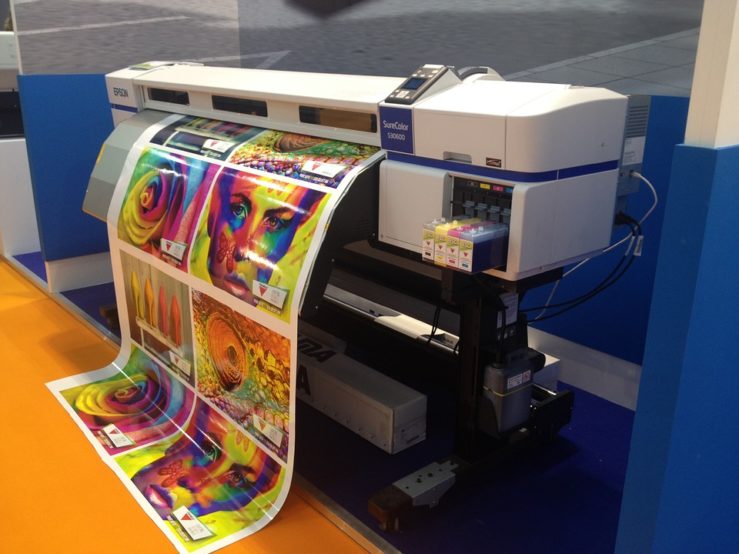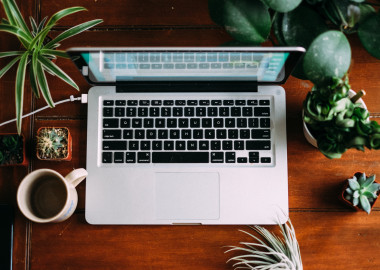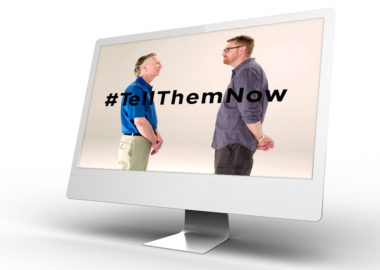We make books at ECHO Storytelling Agency. A book is an object, an artifact, a memory keeper — the physical thing that is the outcome of your trust in us to tell your story. It’s something that you will give to friends, family, and employees as a way of deepening your relationship. The printing of the book is just as important as any step in our process at ECHO, especially so because it is the culmination and craft of the work we’ve done together. We take pride in helping each of our clients create the perfect book for their unique needs. As the Production Manager at ECHO, I am here to help guide you through the process of choosing the perfect printing method for your project.
Each book we make at ECHO is designed and produced to the highest specifications. Depending on your project, we will send your book to either an offset printer or a digital printer—the technical difference between these printing processes is how the ink is transferred to the paper. Both types of printing produce high-quality products.
Offset Printing

Lithographic printing uses the offset principle, meaning it uses etched metal plates to transfer (or offset) ink to paper via a cylinder called a blanket. There are several advantages to this type of printing:
- the rubber blanket surface conforms to irregular printing surfaces, resulting in the need for less pressure and improved print quality of text and halftones on rough-surface papers;
- paper does not contact the printing plate, increasing plate life;
- the plate image is right reading rather than reverse reading;
- less ink is required for equal coverage, drying time and smudging are reduced, and images and type are clearer (in “registration”).
Offset printing is used for higher volume printing — the initial setup is more time consuming and expensive than digital as each page requires its own etched metal plate. However, the more books you print, the less expensive each book becomes.
Digital Printing

Plateless, or digital printing, uses electrostatic rollers to apply ink to paper and then sets the ink with heat. With digital printing there is usually a higher cost per page than offset but it is still more economical for shorter print runs. Digital printing also generally has a quicker turnaround time because of the minimal set-up.
Both offset and digital printing uses CMYK colour to print. CMYK refers to the colours Cyan, Magenta, Yellow, and blacK (or Key) and is a subtractive colour model used in printing (also called process colour or four-colour). With offset colour printing each colour gets its own metal plate per page.
Depending on the timeline of your book, offshore offset printing may also be an option. If you are printing significant numbers (more than 1,000 copies), printing in Asia is generally more economical than printing in North America, even when freight charges are included. However, we recommend this option only if you do not have a hard deadline, as the shipping time is significant and shipments can, on occasion, be held up at the border.
How to Choose the Right Printing Method for Your Book
There are several considerations to make when choosing which printing process is the right one for your book:
Time: do you have a specific date / anniversary / event that you need your books for?
- Digital often takes 4 to 6 weeks for printing (not including shipping time);
- offset printing can take anywhere from 6 to 8 weeks (not including shipping time); and
- the average time for offshore is 13 weeks.
Volume: how many copies do you want printed?
- Digital printing techniques have evolved dramatically in the past decade, so much so that — depending on the machine and the project specifications — often it can be more economical to print upwards of 500 copies digitally.
- Printing more than 500 copies? Offset printing will be more economical.
- Printing more than 1,000 copies AND you don’t have a hard deadline? Offshore printing will be the most economical.
Colour: do you have a corporate brand colour that you need to keep consistent?
- Offset printing is the only option that can print your colour with precision and consistency thanks to the Pantone colour matching system (used in the design stage) and Pantone inks (used on press).
With each step in the book making process, ECHO Storytelling will gladly guide and advise you toward the best print production fit for your project. With 20 years of experience, we are fervent believers in getting it right.
If you want to create a unique and beautiful book using any of the above printing methods, don’t be shy! Whether it’s a personal memoir or a commemorative book, we want to hear about it. Get in touch by email (hello@echostories.com), or give us a call at 604-261-1858.





